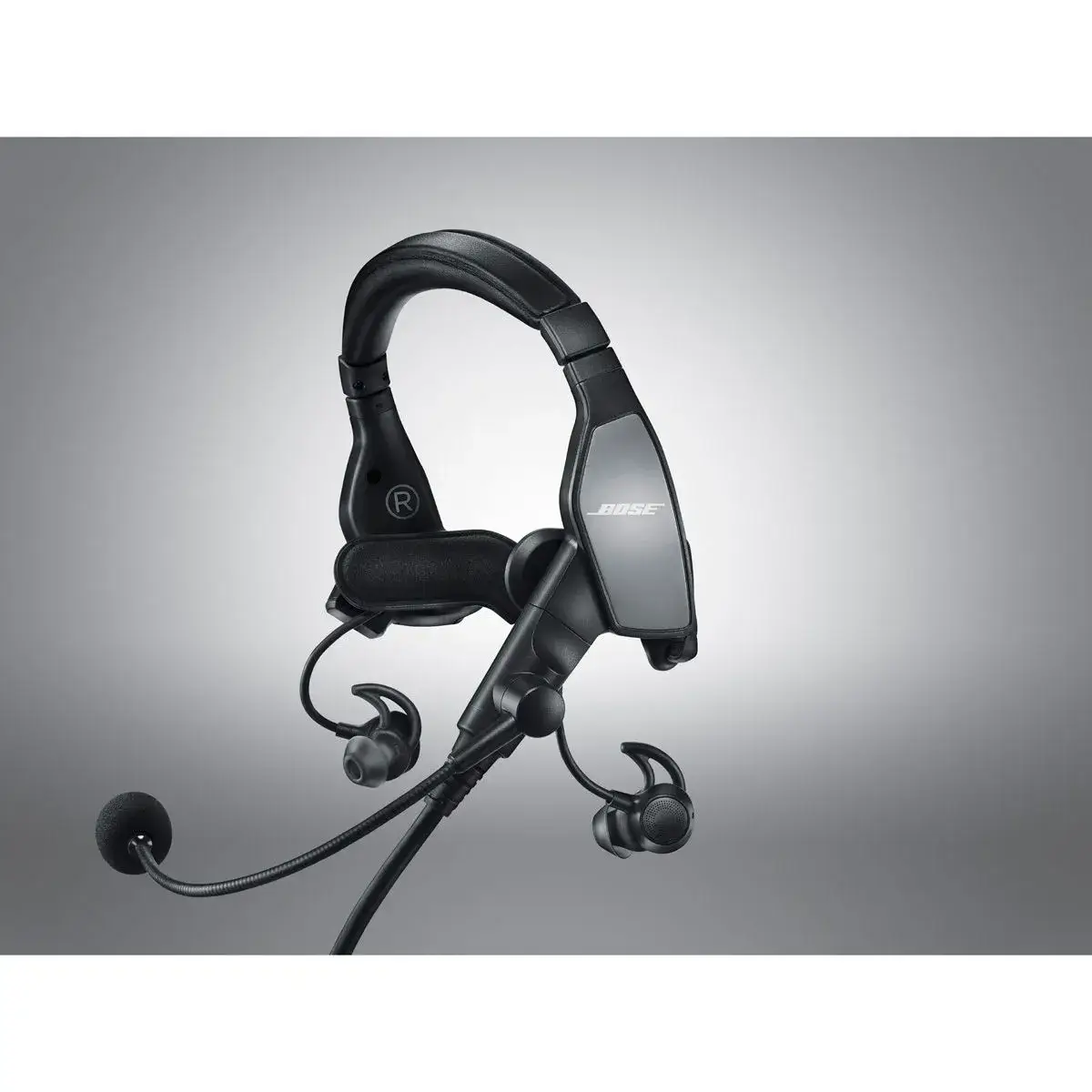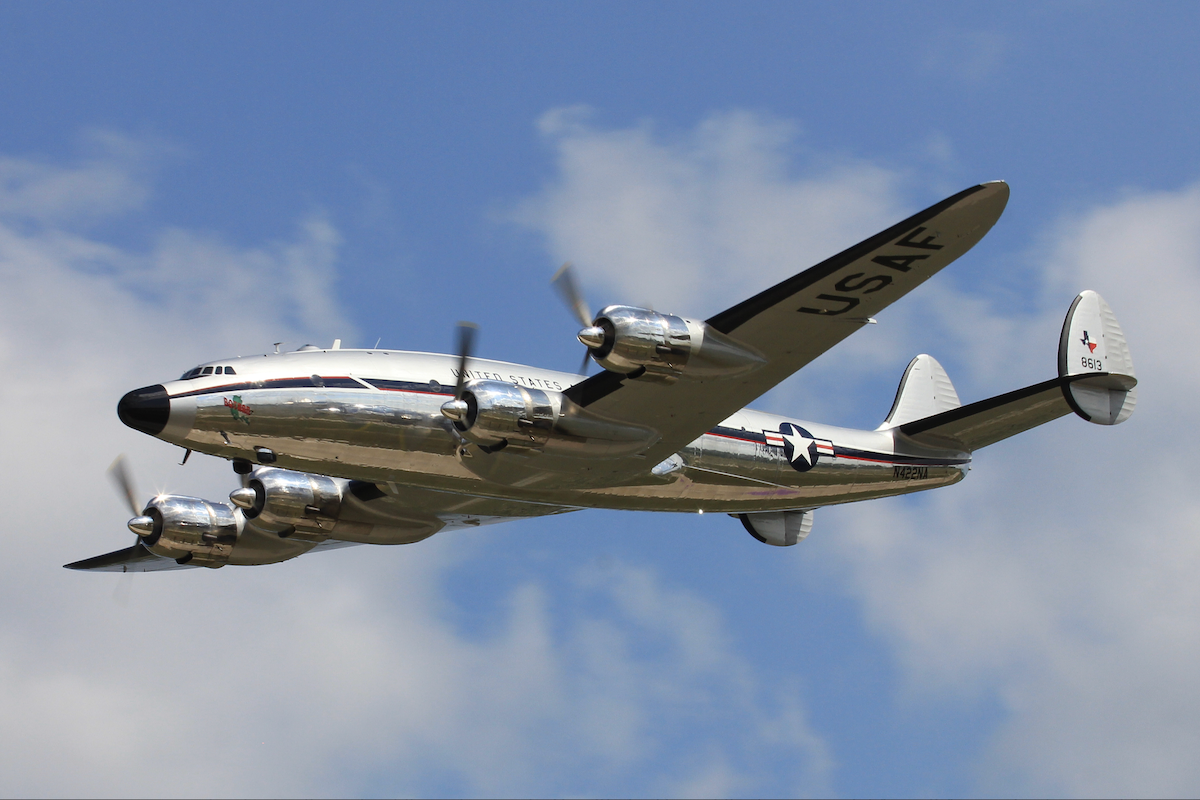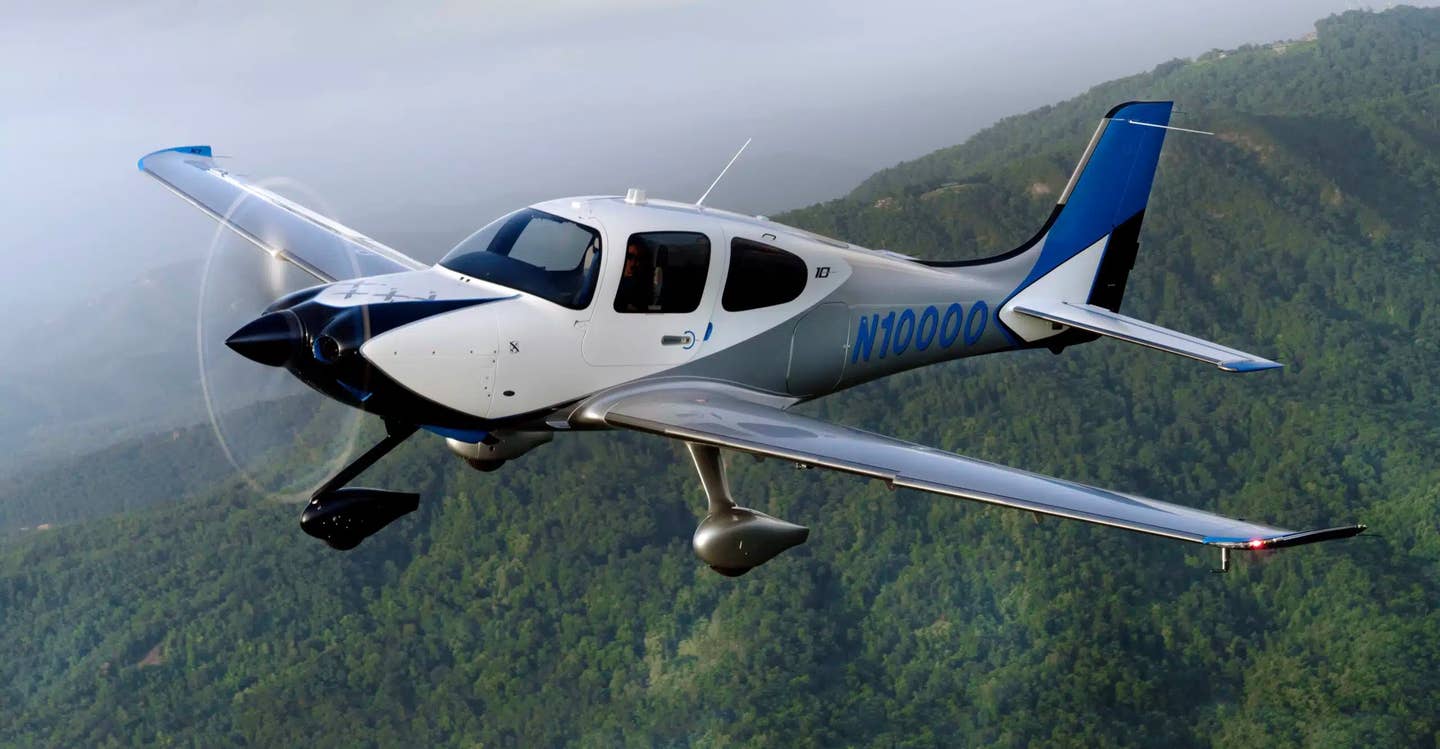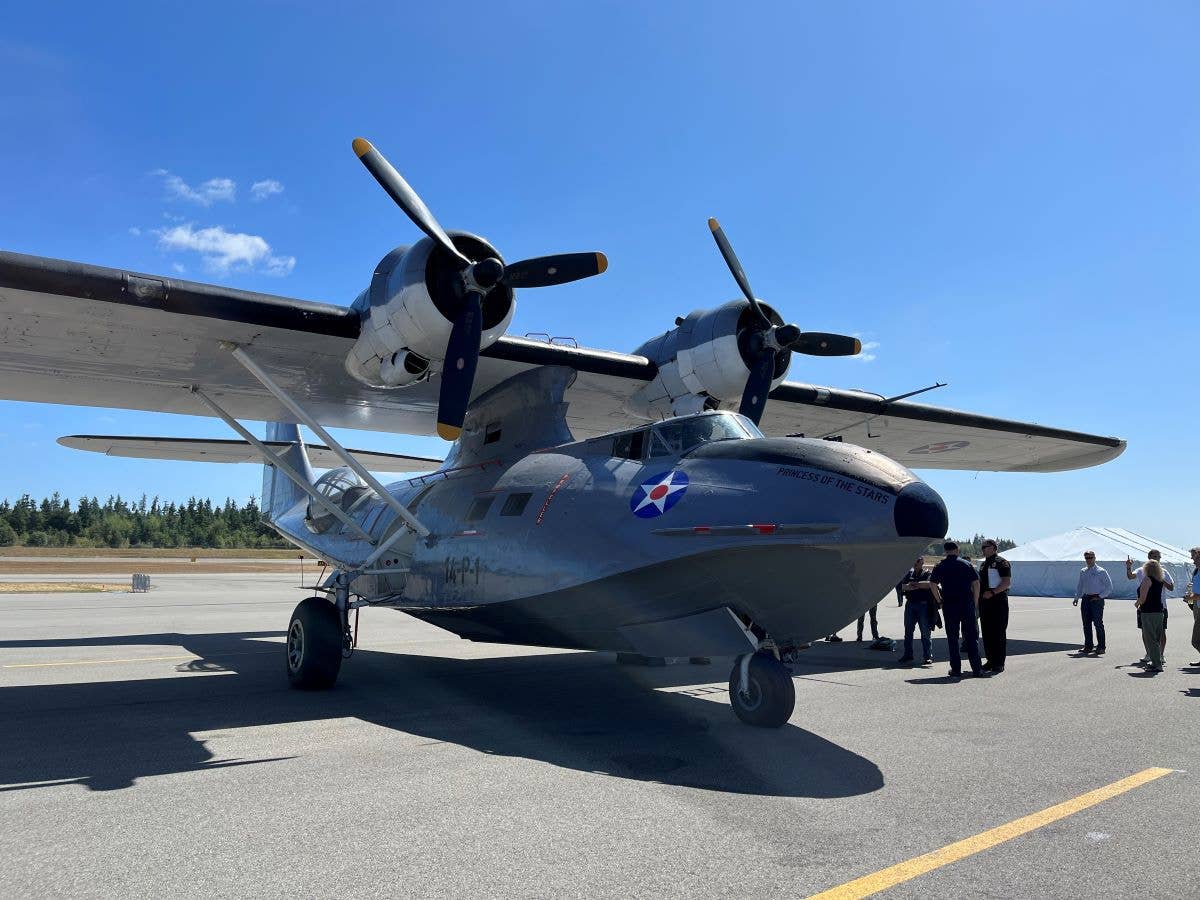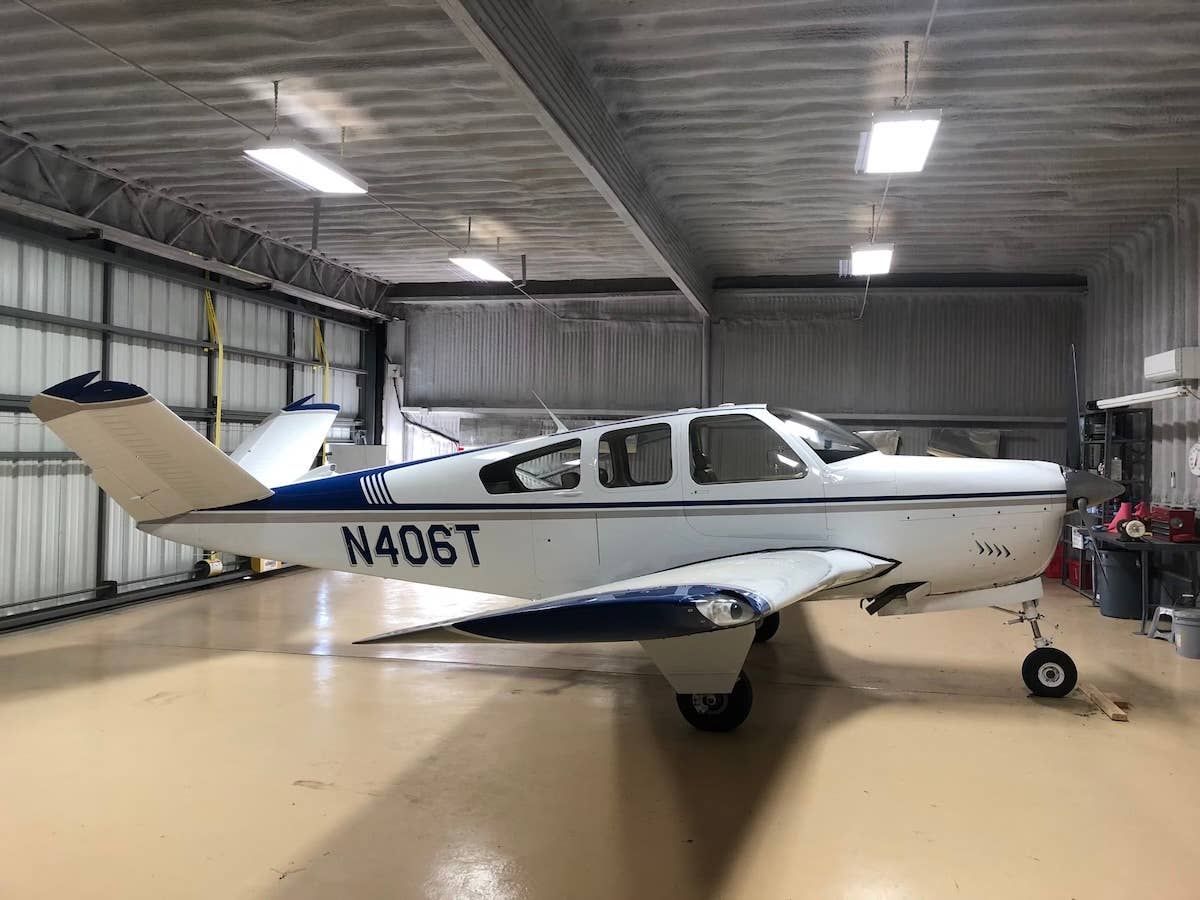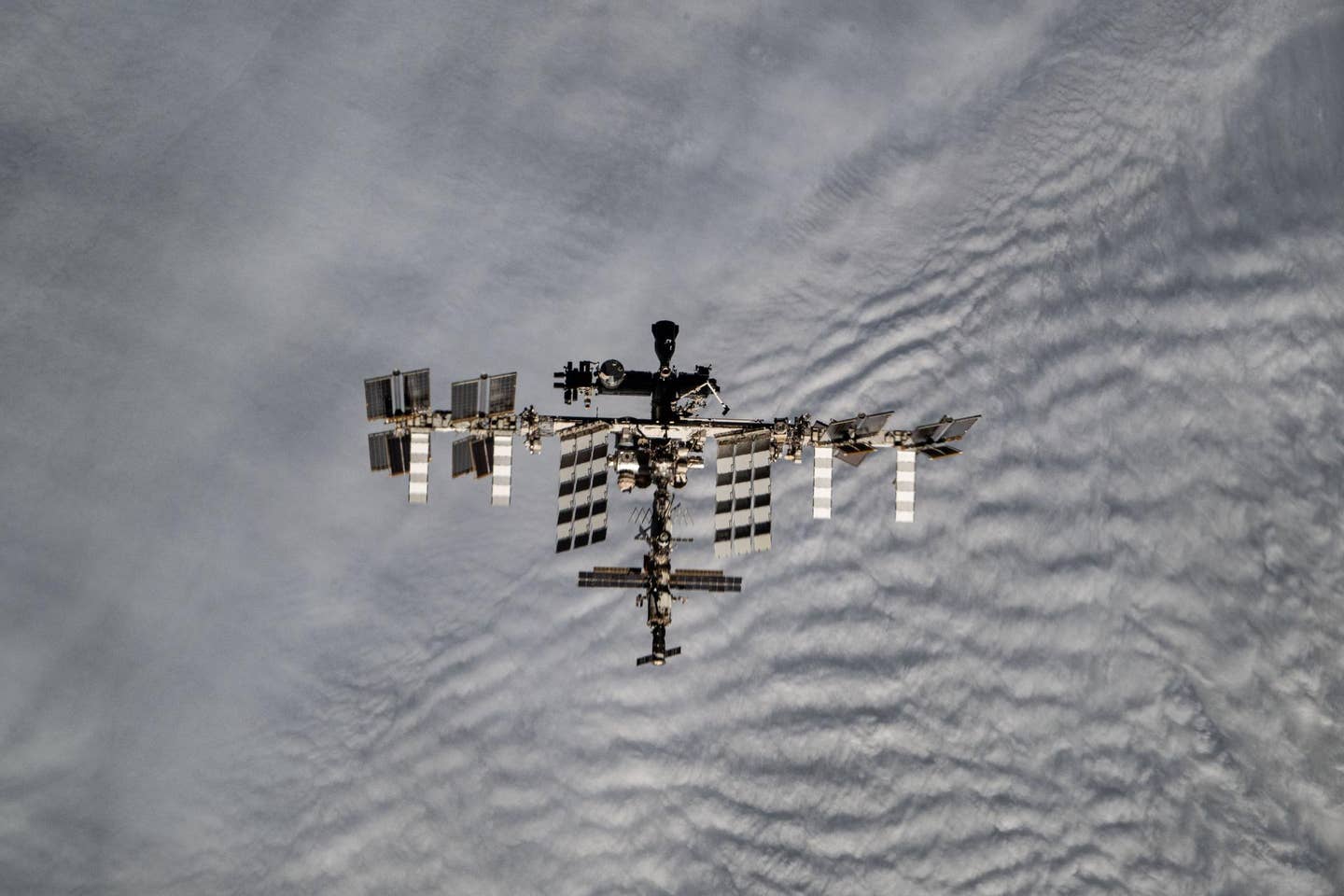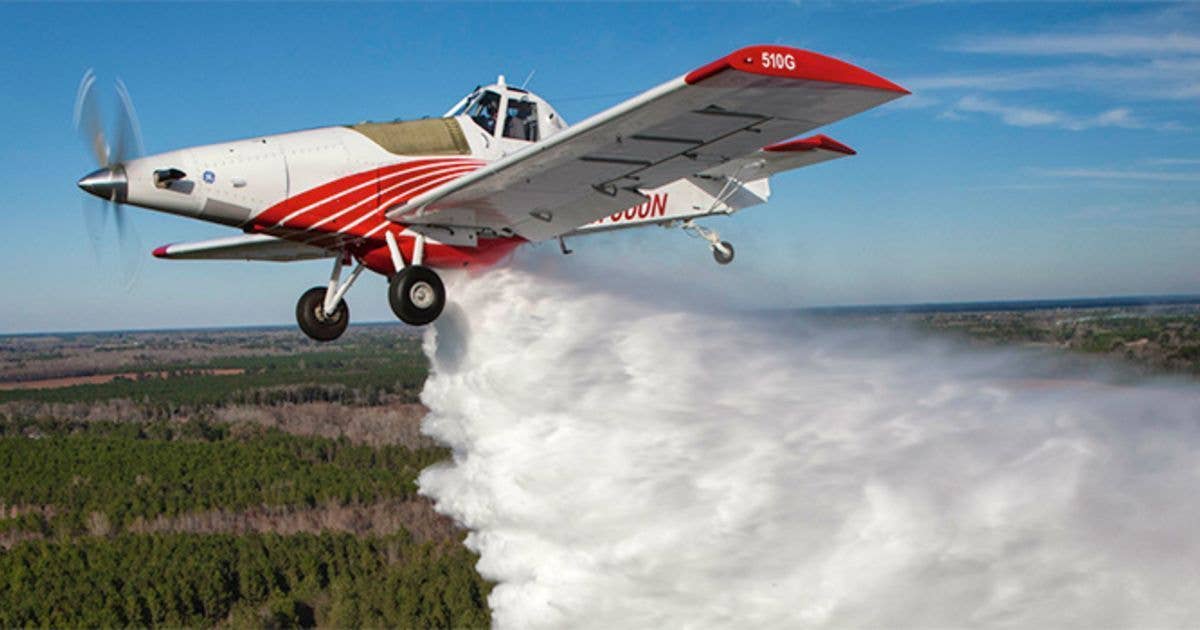
The Thrush 510G Switchback can be converted to firefighting duty from aerial application role in minutes. Thrush Aircraft
The FAA has certified the Thrush 510G Switchback firefighting aircraft, a GE-powered single-engine turboprop better known for crop dusting and now designated as a Single Engine Air Tanker (SEAT) aircraft.
According to Thrush, based in Albany, Georgia, the Switchback has the ability to deliver 500 gallons of water, retardant or fire suppressant with pinpoint accuracy, all while operating in extremely tight confines.
What makes the Switchback unique, Thrush says, is the aircraft’s ability to switch from agricultural spray duties to firefighting capabilities in a matter of minutes thanks to a fire gate delivery system built by Transland.
When in firefighting mode, Transland’s gatebox allows the Switchback to deliver the 500-gallon salvo drop in less than two seconds in a narrow drop pattern. Combined with the superb visibility, light control response and high degree of maneuverability, the Switchback provides SEAT pilots with an initial attack platform to battle wildfires that sells for a fraction of larger firefighting aircraft..
Thrush notes that the Switchback can convert back to agricultural spray operations quickly, allowing operators to keep the aircraft working and generating revenue both in and out of fire season.
The Thrush 510G, powered by the GE H80 turbine engine, is available in single and dual cockpit-dual control configurations. The first two 510G Switchbacks have been delivered to the Georgia Forestry Commission where they are being put into service for fire detection, rapid response firefighting and training. Both feature advanced avionics for navigation and situational awareness, as well as to provide the pilots with numerous options for delivery of materials when making a firefighting drop, Thrush says.
Another capability of the 510G Switchback is its ability to land on unimproved surfaces closer to a wildfire. This allows the aircraft to reload and be back in the air over a fire in a matter of minutes, rather than the longer turnaround time required by larger aircraft.
"Rapid response suppression is a critical tool for frontline fire control, as is rapid fire detection, which can sometimes make all the difference in being able to contain a wildfire, versus having it become uncontrollable," Thrush said.

Sign-up for newsletters & special offers!
Get the latest FLYING stories & special offers delivered directly to your inbox

